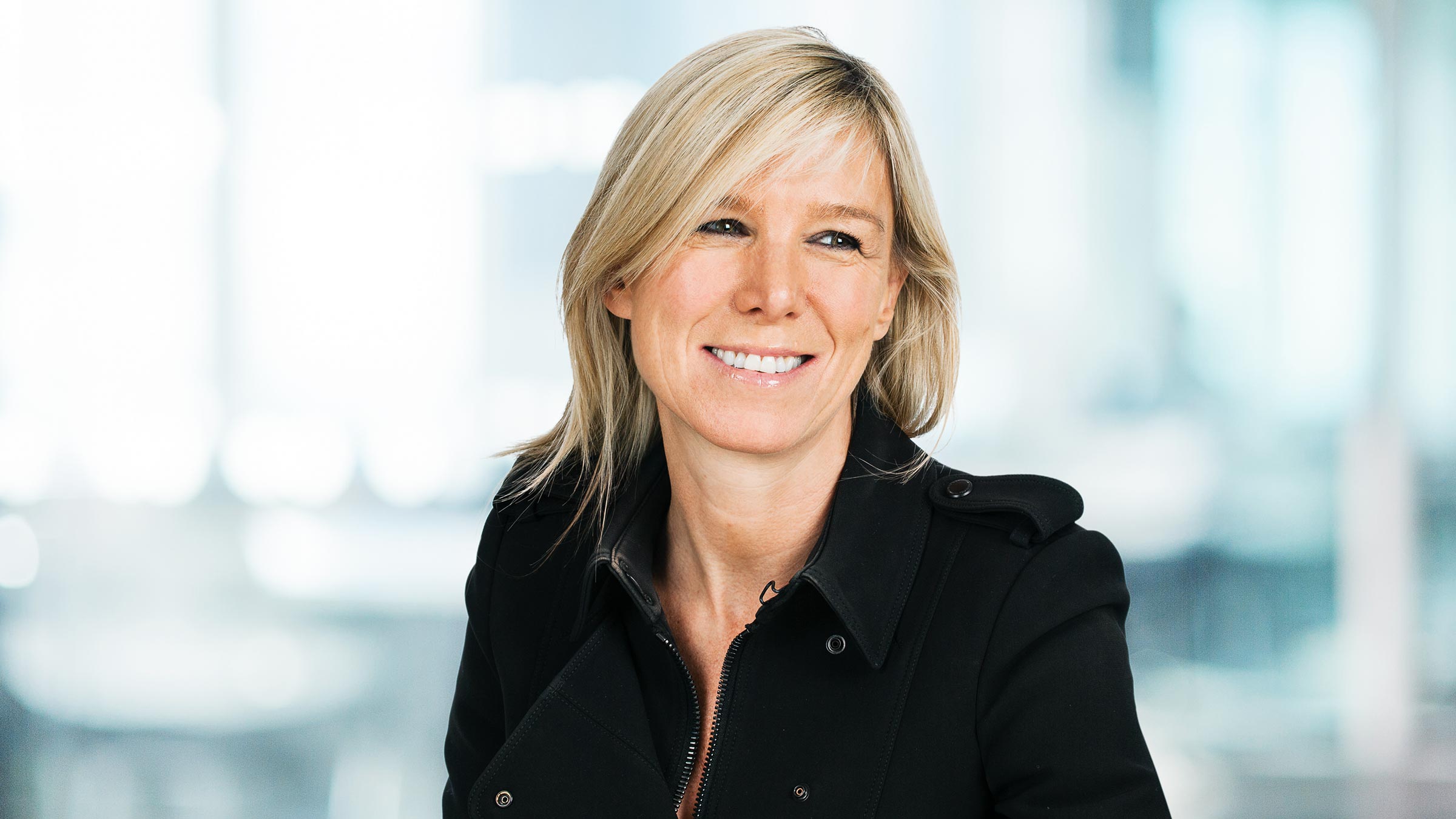It is now three years since the Davies Report – an extensive study on women in the boardroom – was first published. It outlined the state of gender distribution in some of the UK’s biggest companies, and set ambitious goals for the future. After four years, the target for female board directors at FTSE 100 companies was put at 25%. As this HR Magazine report indicates, boards are currently showing that 20% of directors are women. Not a bad start, but definitely room for improvement. Although the appointment of Liv Garfield at Severn Trent has lifted the number of female FTSE CEOs to four, there are still startling discrepancies in other metrics, including compensation. What has changed in the intervening period, then? And what are the next steps towards an equal boardroom?
At the moment, in addition to Garfield, the FTSE 100’s female CEO count is made up of easyJet’s Carolyn McCall, Imperial Tobacco’s Alison Cooper and Burberry’s Angela Ahrendts. The number is set to remain flat in the near future. Although Angela is scheduled to depart Burberry later this spring, Royal Mail’s Moya Greene will be added to the list when the FTSE next officially changes its rankings. Clearly, there is scope to add to this coterie of executives. Despite the strides that organisations like Helena Morrissey’s 30% Club have made in raising awareness of corporate imbalance, the problem is a persistent one. This kind of inequality, both in the UK and abroad, is best demonstrated in the overall compensation levels of the top US-based CEOs . In 2012, while the 10 highest-paid women attracted a total of US$190m in compensation, the men soared in front with a cumulative US$609m pay packet. There is an ingrained disparity in these figures that suggests that no matter how far up the ladder women climb, entrenched systems will continue to count against them.
So what is the best way to combat this? It is true that certain industries seem to be more accommodating when it comes to gender equality at the top. The fashion world, for instance, has seen the recent high-profile appointments of Stacey Cartwright as Harvey Nichols CEO and Harrods’ Marigay McKee as president of Saks, among others. This Times article outlines Stacey’s stellar track record and the grand plans she has for Harvey Nichols in the coming years. It also draws attention to the strength of the Cartwright-Ahrendts axis at Burberry, and the comparative scarcity of such partnerships in FTSE 100 boardrooms. Tellingly, the interviewer describes uncomfortably misinterpreting Stacey’s expostulation that the position is “every girl’s dream job.” We are reminded that Cartwright’s achievement “is not the culmination of a lifelong passion for clothes. It is the realisation of a dream of being the boss.”
Cartwright’s appointment addresses the stereotypes that continue to deny women access to top-level boardrooms, as well as providing an encouraging example of individual success in a culture increasingly open to change. There is evidence that business practices are evolving to better suit the qualities women bring to organisations. In this Forbes article concentrating on the private equity industry, Stephanie Marton suggests that the sphere is shifting away from giving primacy to deal-making, towards a more operationally focused attitude to portfolio companies. In the long run, this is set to benefit women: “women tend to gravitate to operational roles more than to the transaction teams.” On the portfolio side, too, women are moving into top roles with increasing frequency, something illustrated by Wendy Becker’s ascent to the head of Jack Wills last year. In a traditionally male-dominated industry, women are finding ways to make their mark, raising hopes that the Davies Report’s targets can eventually be applied across the board.
Although the 25% target set by the Davies Report originally looked unattainable, the figures being registered now indicate that it is getting within reach. In a similar sense, although the challenges facing women in the boardroom remain sizeable, there is no reason why we can’t take inspiration from figures like Stacey Cartwright and Liv Garfield to push on in the years to come! Are there other influential women in business not discussed here? Let me know at moira@thembsgroup.co.uk, and have a wonderful weekend.








